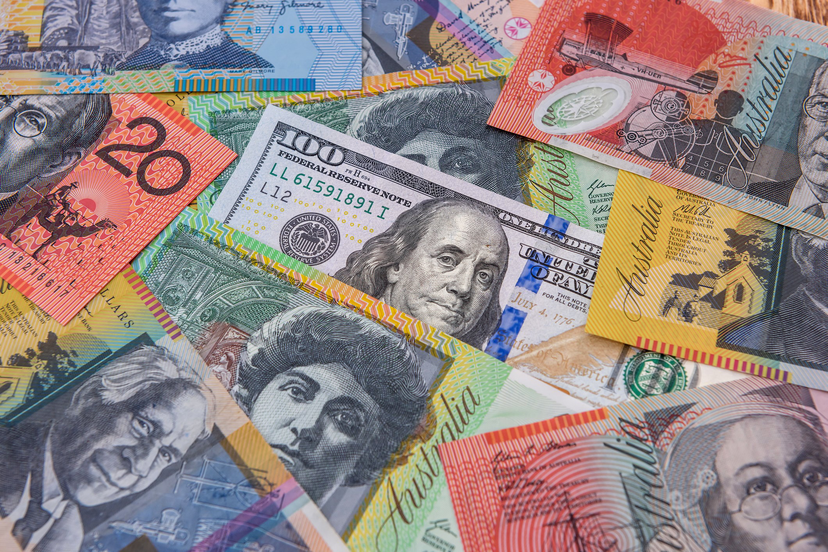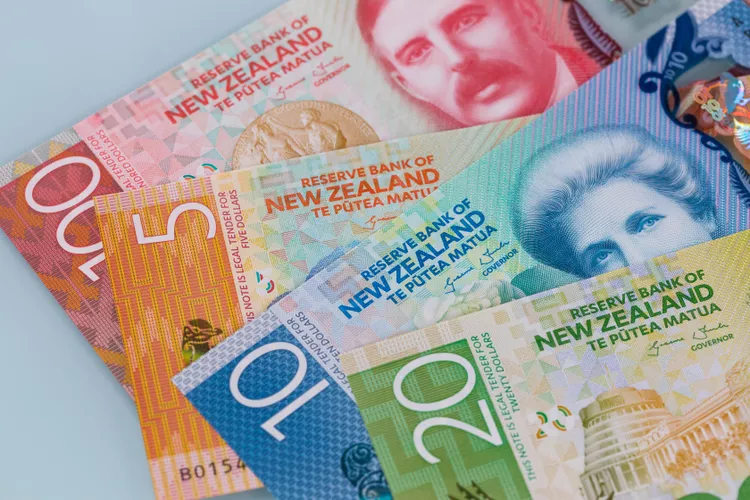The Australian Dollar (AUD) has regained some strength as the US Dollar (USD) faces pressure ahead of the Federal Reserve’s highly anticipated decision on interest rates. On Thursday, China’s stronger-than-expected trade data provided a boost to the AUD, although a disappointing Australian Trade Balance report weighed on its momentum. As markets brace for the Fed’s rate cut announcement, the outlook for the AUD/USD pair remains uncertain, with traders eyeing key technical levels.
China’s Trade Surplus Boosts AUD
China’s October trade surplus widened significantly to $95.27 billion, far surpassing the expected $75.1 billion. Exports surged by 12.7%, significantly outperforming the forecasted 5.0% growth. The robust trade figures, especially the export performance, helped lift the Australian Dollar, which is closely linked to China’s economic health. However, the AUD faced some pressure following the release of Australia’s own trade data, which showed a narrower surplus than anticipated.
Australia’s Trade Balance and Economic Data
Australia’s trade surplus fell to 4.6 billion AUD in September, missing expectations of 5.3 billion. This marks the smallest surplus since March, driven by a 4.3% drop in exports, which exceeded the decline in imports. The negative data comes as the country grapples with sluggish demand for its exports and highlights the challenges the Australian economy faces amid global uncertainties.
Despite these weaker economic readings, the Reserve Bank of Australia (RBA) remains cautious about inflation, holding the official cash rate at 4.35%. The central bank’s hawkish stance has kept the Australian Dollar under support, even as global market sentiment fluctuates.
Market Expectations: Fed Rate Cut
The US Federal Reserve’s meeting on Thursday is the key event for global markets, as the Fed is widely expected to cut its benchmark interest rate by 25 basis points. According to the CME FedWatch Tool, there is a 98.1% probability of this quarter-point reduction. This move comes amid signs of easing inflationary pressures and growing concerns over the economic outlook, making it a crucial factor for the AUD/USD pair.
The Fed’s decision will likely impact the USD in the short term, with any dovish rhetoric further pressuring the greenback. This, combined with a recovering Chinese economy, could provide some relief for the AUD, although the pair faces resistance near the 0.6600 mark.




